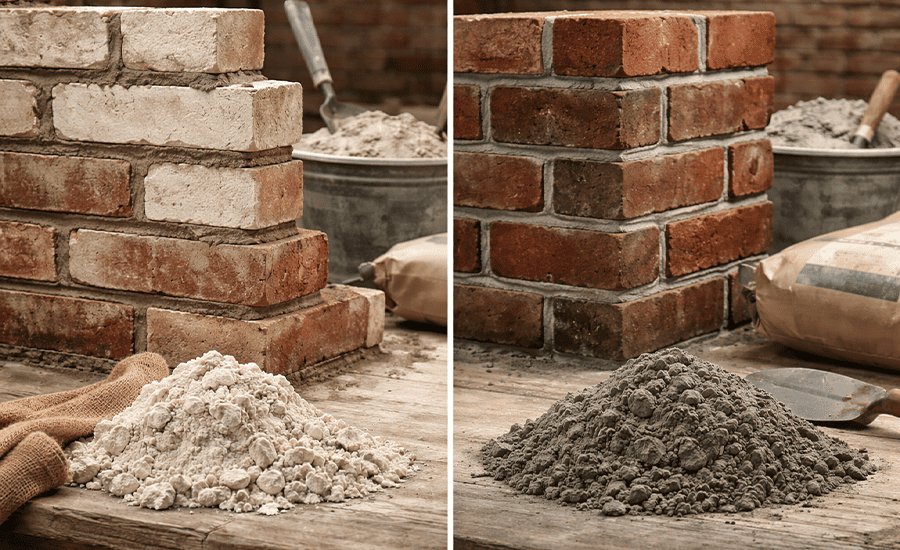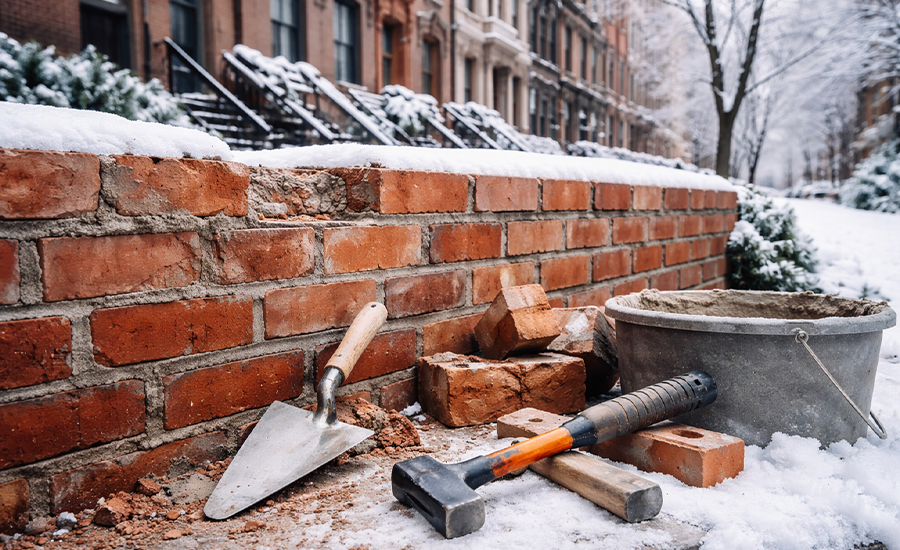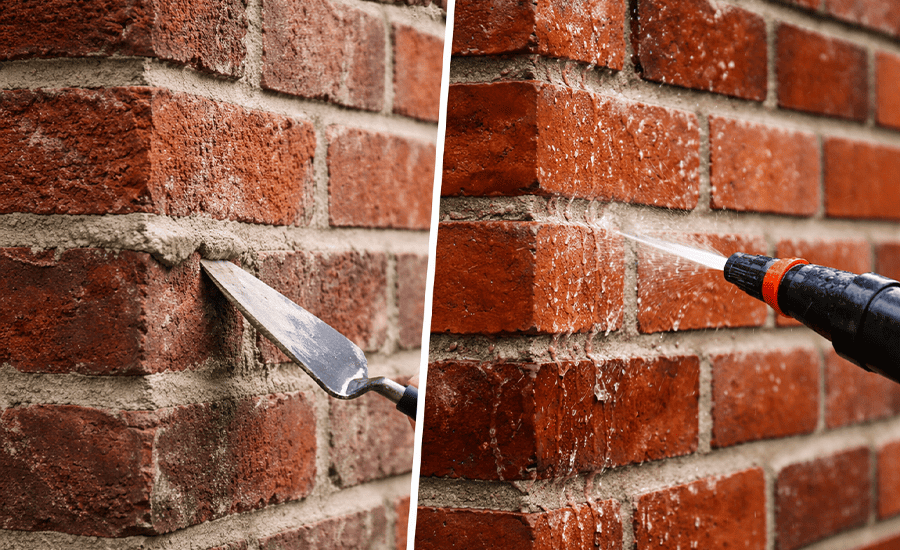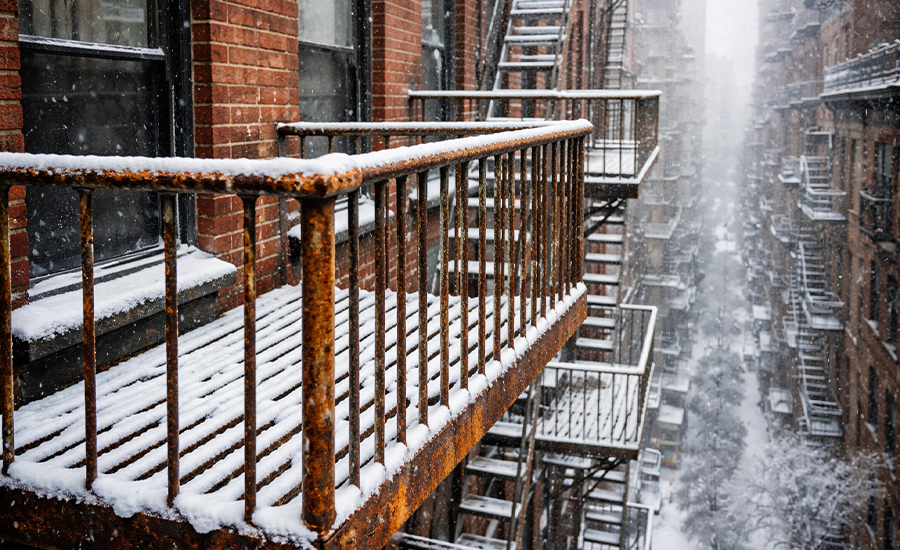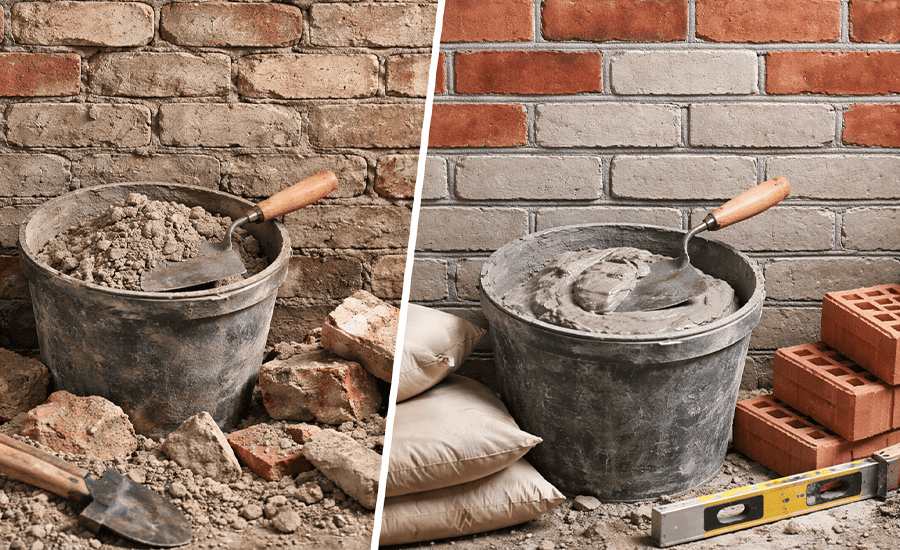In NYC’s harsh weather conditions, the streets and the house roofs get fully covered in the snow and ice, but the concerning point is when ice builds up on the fire escapes, which not only obstructs the egress and makes it unusable, but also makes your escape hazardous and slippery. Most of the residential and commercial property owners ask if they can use salt to melt the ice on the fire escape. So the answer is yes, but we prefer not to use it excessively as it is not effective in the long run and can easily cause rusting on the fire escape. It demands periodic maintenance and compliance to meet the safety standards.
In this blog, we’ll thoroughly discuss the formation of ice on fire escape, the consequences of using salt to remove ice, and steps to avoid it.
Why Ice Forms on Fire Escapes?
Fire escapes are designed as emergency exits, not balconies or storage spaces. Keeping a fire escape clear is essential for safety, compliance, and longevity. But the method you choose to de-ice it can affect its structure and performance over time. In freezing temperatures, snow and ice can accumulate quickly, creating:
- Slippery surfaces lead to falls and accidents during evacuations.
- Blocked pathways that prevent proper evacuation.
- Added weight that strains the metal structure.
- Metal degradation and rust formation in damp conditions.
If you’re curious about safety differences in modern designs, read more in are foldable fire escapes safe for families?
Can You Use Salt to Melt Ice on a Fire Escape?
The answer to this question is YES, salt can easily melt ice, but do you ever look at the drawbacks of using salt on the metal fire escape? Salts are sodium chloride, which depresses the freezing point of water and transforms ice into water as quickly as it can. But the main thing to consider is that salts can damage fire escapes and lead to metal decay.
Thinking of upgrading your old fire escape? Discover insights in can you replace an old fire escape with a modern design?
What are the Results of salt damage to metal fire escapes?
When it comes to fire escape construction, historic properties used to have concrete fire escapes, but now modern construction mostly has metal fire escapes, which are made up of steel and wrought iron and promote oxidation when exposed to salt and moisture. If you neglect these problems, it may result in:
- Speed up rust formation and corrosion.
- Impairs metal joints.
- Erodes the protective paint layers.
- Decreases the load-bearing stability.
For taller properties, choosing the right design matters. Learn more in which fire escape is best for high-rise buildings?
The Downside of Using Salt on Metal Fire Escapes
In this given chart, you’ll get to know about the risks of using salt on metal fire escapes. Let’s have a look at it:
| Underlying Issue | Outcome |
|---|---|
| Oxidation Damage | Rust and corrosion appear on the fire escape. |
| Environmental Harm | It can negatively affect the surrounding structure. |
| Paint Erosion | Leads to direct metal exposure to oxidation sources and paint fall-off. |
| Compromised Strength | Corrosive spots may occur, which lose their strength and stability. |
| Icy or Wet Film | Melted salt solution forms slippery surfaces. |
Rules You Need to Know in NYC
Maintenance and regular inspections of fire escapes are very important to make them up to code so they can comply easily with the NYC Fire Code and DOB safety regulations. Here are some of the guidelines property owners must follow:
- Fire escapes should be maintained and accessible at all times.
- Property owners should follow all the safety protocols and prevent rust and corrosion.
- If any kind of damage occurs, repair work must be executed by licensed professionals.
To see which fire escapes are most commonly used in urban areas, check out which fire escape type is most common in Manhattan?

Typical Missteps to Watch Out For
When you’re clearing ice from the fire escape, it demands skillfulness and appropriateness. Here are some of the points you should avoid:
| Improper Practice | What Can Go Wrong |
|---|---|
| Excessive salt usage | Water accumulation and aggressive corrosion occur. |
| Thermal Shock Method | Breaks the paint layer and creates an icy surface. |
| Overlooking Early Ice Formation | Ice can spread fast and become difficult to clean off. |
| Aggressive Scraping Techniques | It chips the paint and leads to rapid rust buildup. |
| Ignoring Paint Touch-Ups | The salt and water can deeply sink in. |
Conclusion
Using salt to melt ice on your fire escape might seem convenient, but it can harm the metal over time. The best approach is prevention and timely maintenance before winter begins. Always use safe de-icing methods and keep your fire escape clear to maintain safety and compliance. Regular inspections and paint protection can go a long way in extending its lifespan.
Sardar Restoration Corp proudly serves every corner of NYC, including the Bronx, Manhattan, Brooklyn, Westchester, and Queens. Our services are designed to meet your specific needs, providing top-quality solutions wherever you are. Check our service areas to see how we can assist you in your location.
Contact us today at (+1) 917-355-8556 or sardarrestoration@gmail.com, or visit us at 2770 Fish Ave, Bronx, NY 10469, United States.
FAQs
Do you provide ice removal services for fire escapes?
Yes! Sardar Restoration Corp. offers removal and cleaning of snow and ice buildup from fire escapes to prevent metal corrosion and deterioration, while we also maintain compliance with NYC safety codes.
Can you come during or right after a snowstorm?
Yes! Sardar Restoration Corp. offers 24/7 emergency services and can come at any time to remove the snow and ice throughout NYC, ensuring to keep your fire escape safe and accessible.
What is the safest way to remove ice from a fire escape?
The safest way is to use a plastic shovel or broom and apply a calcium chloride deicer instead of regular salt, as it causes less corrosion on metal surfaces.
How often should fire escapes be inspected during winter?
It’s best to inspect your fire escape at least once every two weeks in winter to check for ice buildup, rust, or paint damage that may need attention.
Do you offer maintenance plans for winter care?
Yes! Our fire escape contractor in NYC offers periodic upkeeps and maintenance plans that include pre-winter inspections and painting treatments throughout the winter.
Do you handle both residential and commercial buildings?
Yes! Sardar Restoration Corp. offers snow removal services on both residential and commercial buildings in NYC, regardless of the scale of the property or the extent of the damage.



